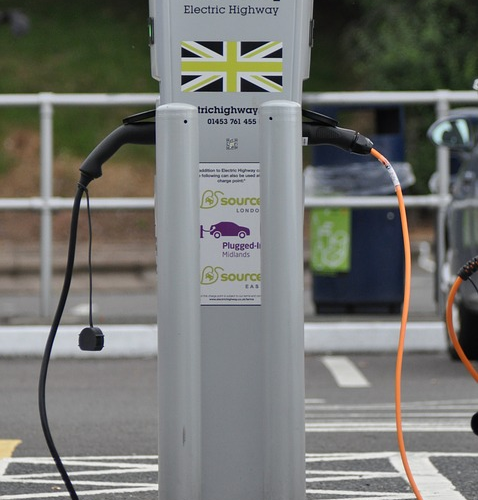NEMA is the acronym used for National Electrical Manufacturers Association that dictates industrial standards for using electrical products and enclosures. The association mainly works with various grades of electrical equipment that find usage in the industries around.
Every industrial device is provided an appropriate NEMA rating to protect it against any personal access to the hazardous components and any additional type-dependent selected environmental situations.
There can be many kinds of environmental conditions against which the rating is applicable to provide the ultimate protection to the device. The beginners might find it a little confusing. That is why this article has broken it down into simple concepts for your reference.
About NEMA Ratings
The entire NEMA rating system comes with a handful of guidelines for the users. They are available with combinations of number labels and letterings that serve the best way to navigate through the list for reference.
You can find a suitable rating, NEMA type that suits your requirements to the best. Also, you get appropriate details about the hazards of your location through such data.
Let’s consider a rating like NEMA 5-15p. It signifies the standard 15 Ampere electrical receptacle or outlet widely used in the USA. In case you refer to NEMA 3R, it is designated to offer proof against snow, rain, sleet, and frost and ice formation.
Such information provides you the data as to how these are useful for both outdoor and indoor usage. These are quite suitable enough to sustain a mixture of different climatic conditions as well. But from such data, you do not get adequate information about the device being apt for water use. Hence, it can be concluded that it doesn’t have appropriate protection against water bodies.
These ratings are mainly applied to fixed closures and sometimes might be used to mobile devices. But you must know how stringent these tests are which verify the enclosures from protecting against dust, water, oil immersion, ice, corrosive materials, etc. Each of the NEMA ratings comes with different specifications meant to protect the electrical components from any damage.
Importance of the NEMA Ratings
No matter what industry you deal with, if you use any electrical component, it is essential to check the NEMA rating of the same before installing it with your other gadgets. You can have multiple reasons to do so, among which some of the crucial reasons are:
The ratings help the user to ensure whether the electrical enclosures have appropriate durability or not.
Also, it provides adequate information regarding the stability, safety, and functional standards of the electrical equipment.
The NEMA rating not only bears vital information but also helps the user to understand the gadget well.
If you have been searching for the right device for industrial use, such a rating will help you narrow down the search result according to the type of environment in which you wish to use the component successfully.
Commonly Used NEMA Ratings
the entire list of the ratings is pretty vast and with all sorts of relevant information for reference. Here is a detailed review of the different types of NEMA ratings and their significance in the industrial field:
Type 1
NEMA TYPE 1 is most frequently used to identify and specify the protection for commercial indoor applications like switches, utility boxes, junctions, etc. These enclosures require the least amount of protection, thereby providing an increased degree of protection to the employees against access to the hazardous parts.
Also, these can protect against light and dust and hence suitable for usage within normal environmental conditions.
Type 2
Drip-tight is similar to the previous one but comes with an addition of the drip shield used primarily in laundry and cooling rooms.
Type 3
This rating offers protection against windblown dust, different sorts of weather hazards, and falling dirt. Such electrical components are mainly used for construction work, in subways and tunnels, and on ship docks.
There is an introduction of 3R, 3S, 3X, 3RX, 3 SX as well. In the case of 3R, it omits the protection against the windblown dust particles. In the case of 3S, the components find usage when laden with ice as well.
However, in the case of 3X, 3RX, and 3SX, X signifies the introduction of the additional corrosion protection for the components that are mainly used in the saltwater regions.
Type 4 and 4X
The next one on the NEMA rating list is Type 4 and 4X. It signifies water-tight equipment, which can include a minimum of 65 GPM of water from one in a nozzle and is delivered from a distance much less than ten feet for five minutes.
These find use on the ship docks, wastewater management plants, and even in the breweries. The presence of X in Type 4X signifies the additional presence of corrosion resistance in the components.
Type 6 and 6P
Manufacturers use NEMA 6 rating to make both indoor and outdoor electrical components and wiring safe from water. It can protect the electrical goods till a certain depth in case of occasional submersion.
However, NEMA 6P is important to protect the electrical goods from corrosion and long-time submersion at a certain depth.
The Bottom Line
Now you have got a thorough idea about NEMA rating, its types and importance. However, other than these, you can get different other types of NEMA ratings based on the electrical components and their varied uses in the industrial areas. First decide the purpose for which you need the electrical equipment and enclosures and then go for it based on the rating.

